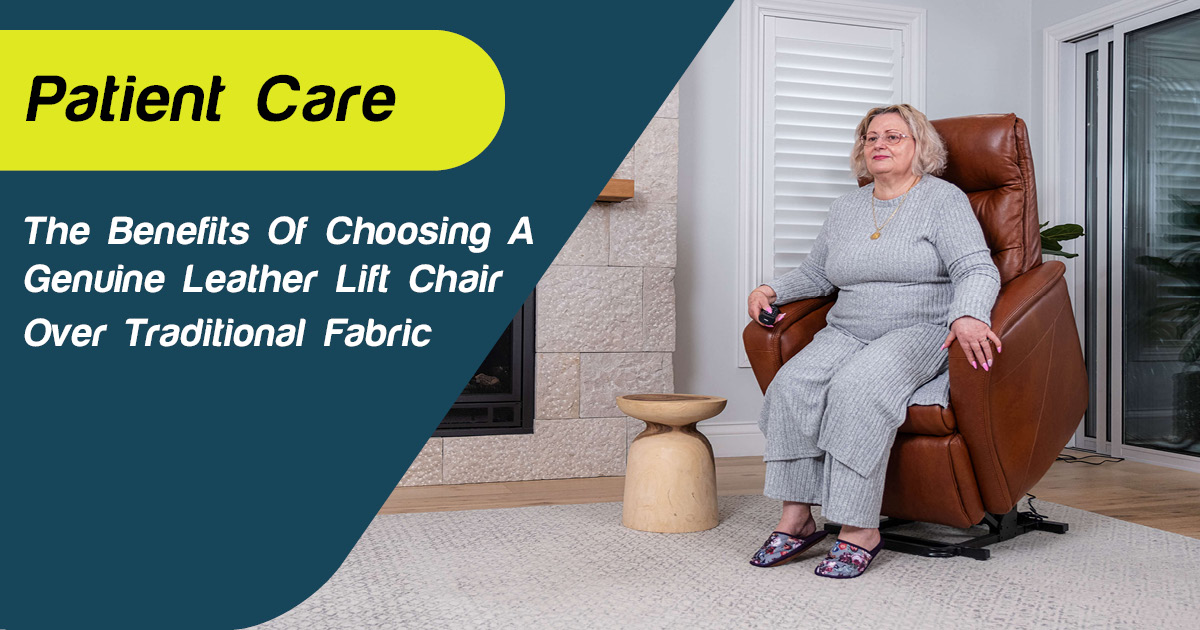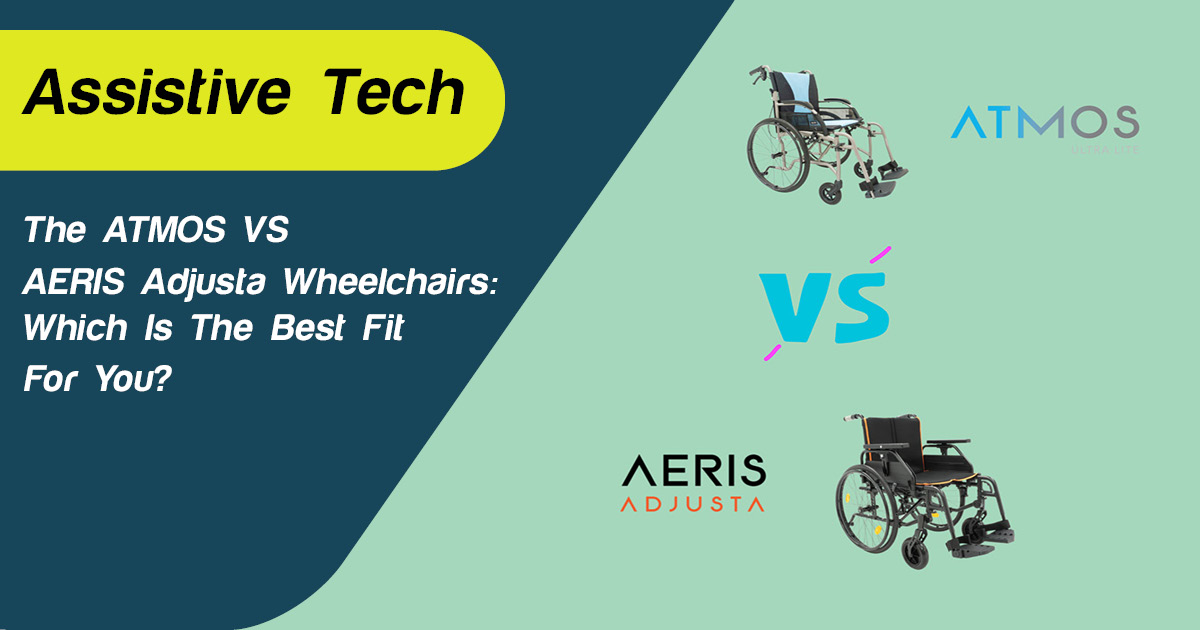
Share

The popularity of powered wheelchairs as a mobility option is rapidly increasing especially among elderly and disabled people. Choosing the right wheelchair is an important decision you and your therapist will make. It is a tool that will be an integral part of your life and even if you don’t realise it, it will influence your life and health. The fact you are going to use your wheelchair in every day life is very important especially if you are choosing your first chair.
One of the most important choices is determining which drive configuration will work best for you and your client. The location of the drive wheels has significant impact on the wheelchair’s performance. There are 3 configurations on the market people can choose from. Front-wheel, mid-wheel or rear-wheel drive. Each has its pros and cons and particular driving characteristics. Which drive configuration is best suited is important for providing your client (patient) a wheelchair that works best for them and the environment they will be using the chair in.
Front-Wheel Drive Wheelchairs

As the name implies, front-wheel drive power wheelchairs have the drive wheels positioned at the front of wheelchair base. This type of drive system on the wheelchair is generally suitable for some uneven terrain, hills or obstacles such as small curbs.
Front-wheel drive design can keep feet positioned closer to the body, and can help keep seat-to-floor heights low.
Turning front-wheel wheelchairs is a bit tricky. The bulk of the mass of the chair is toward the rear. Whilst turning the wheelchair, you must be aware of the length that is behind you. At higher travelling speeds there may be a tendency for the rear of the chair to wander.
Mid-Wheel Drive Wheelchairs
 With mid-wheel drive wheelchairs the drive wheels are ideally positioned exactly in the centre of the base of the wheelchair. It means the distance from footplate to the middle of the drive tyre, and the distance from the middle of the drive tyre to the rear castors are even.
With mid-wheel drive wheelchairs the drive wheels are ideally positioned exactly in the centre of the base of the wheelchair. It means the distance from footplate to the middle of the drive tyre, and the distance from the middle of the drive tyre to the rear castors are even.
Mid-wheel drive wheelchairs are highly manouverable and give the best all round performance of the 3 types. Mid-wheel drive chairs create the smallest turning radius and hence make these chairs extremely manouverable. The ability of mid-wheel drive chairs to turn within their own axis is useful for moving in very narrow places (halls), or passing through doorways.
Mid-wheel drive chairs are the most popular choice of wheel location as the wheels are located underneath the seat in line with body axis which tends to mimic the location of our feet when we walk.
Mid wheel drive chairs offer the best flexibility and offer excellent indoor and outdoor drive performance (where the chair is suspension equipped) and for most is the type of chair of choice.
Rear-Wheel Drive

RWD wheelchairs historically were the main type of chairs available. Whilst still manufactured have largely been superseded by mid-wheel drive types. The rear-drive wheelchairs are popular with users who are spending a large portion or all of their time outside on tough terrain.
With drive wheels positioned at the rear these type of wheelchairs have a larger turning radius compared to Mid Wheel Drive chairs. Most rear-drive chairs have a more basic suspension system than other types, but on the other side, this wheelchair type is still a popular choice for paediatric users.
Whatever style of wheelchair you choose, correct seating including Headrest, Backrest and Seat cushion is recommended to improve your posture, comfort and can help reduce the risk of pressure sores developing
Choosing the best configuration comes down to assessing the client’s clinical needs as well as his/her environment and lifestyle.
Contact Active Mobility Systems and book your appointment with one of our sales representative.









